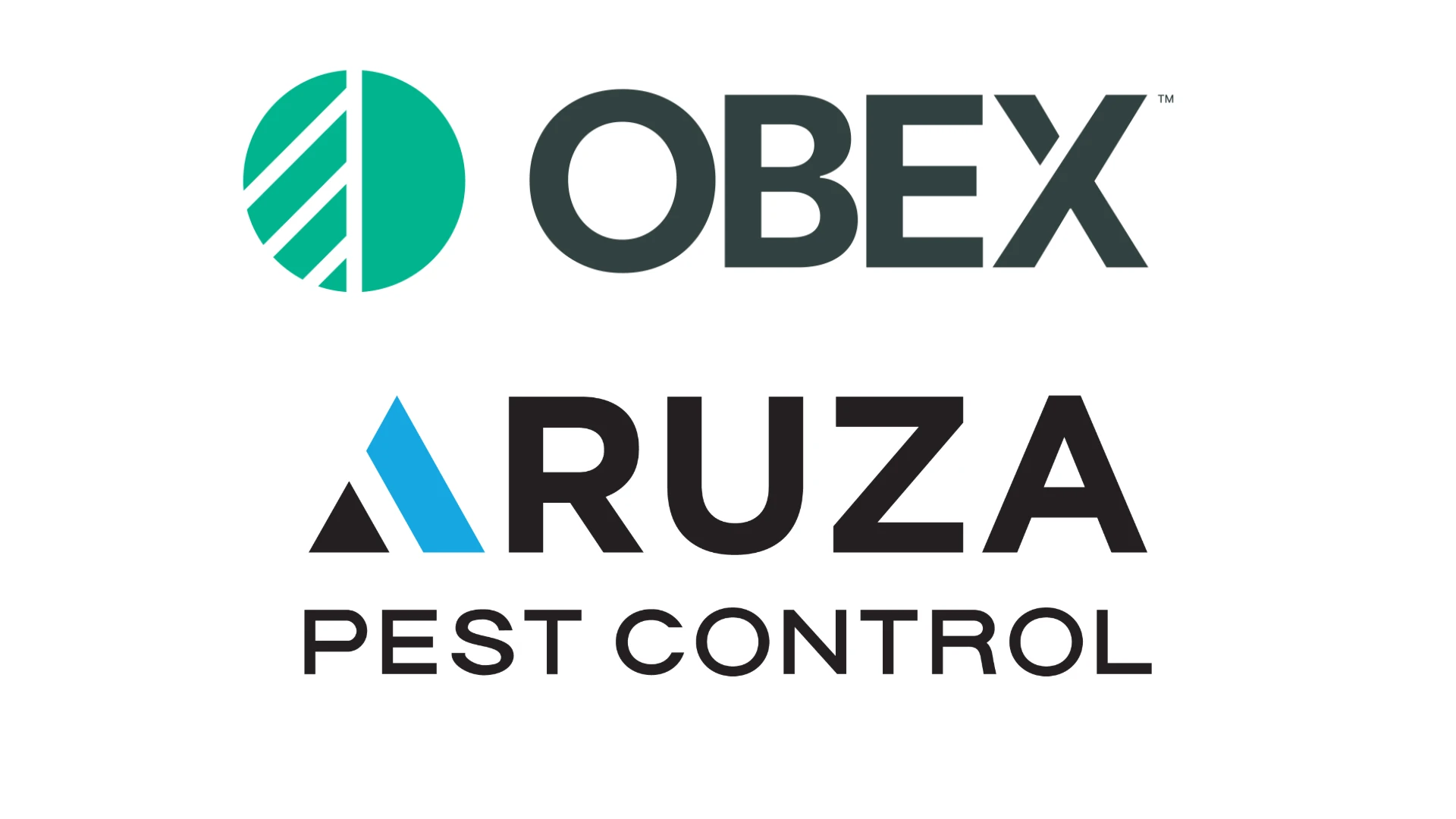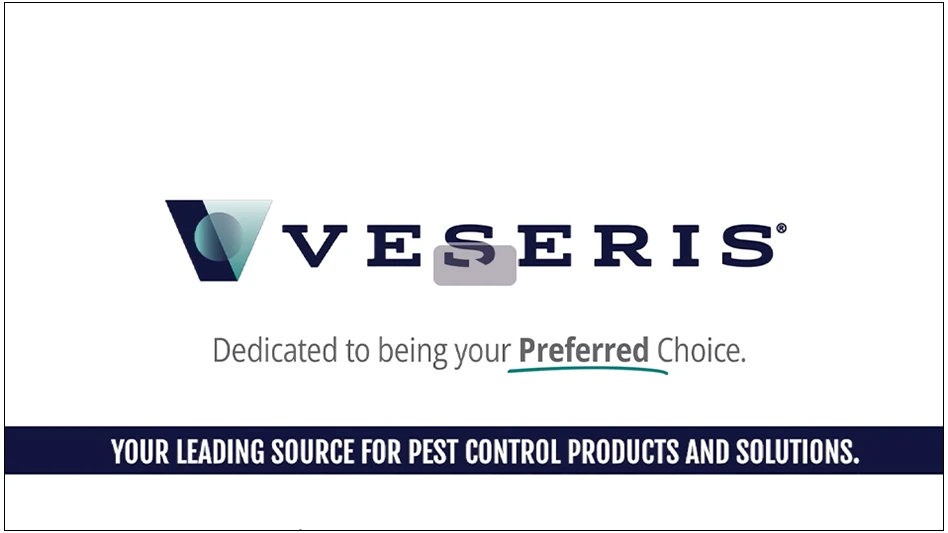Insecticide application in professional pest control must be efficient (cost effective for the operator) and effective (adequate control for the customer). Excessive application of pesticide may be effective in controlling the pest, but it is wasteful and results in increased insecticide exposure, in addition to negatively impacting a company’s profit margin. Manufacturers prepare insecticide formulations and the final-use concentration for effective and profitable control. They expect pest control operators to follow label directions and to have professional equipment.
LABELING REQUIREMENTS. The first and most important step in optimizing insecticide application is to read the labeling requirements. All insecticides are reviewed and approved by the Environmental Protection Agency, and each comes with a set of instructions on how to mix and best apply the finished dilution. The label includes specific mixing directions to achieve the application rate that provides the best control, while ensuring safety for the operator, the customer and the environment. The most common mistake in applying insecticides is over application. The most common misconception in application is that using a higher concentration or increasing the spray volume will provide better control. Higher concentrations will not result in faster or better kill of the target pest. The label directions are developed to provide 95 to 100 percent control. Changing the concentration will not increase control more than 100 percent — but it will place the operator in violation of state and federal laws.
EQUIPMENT ECONOMICS. Selecting and maintaining the proper application equipment is critical to delivering the amount prescribed on the insecticide label. Manufacturers of professional application equipment have the same objective as insecticide manufacturers: to provide tools that are both efficient and effective. Insecticide manufacturers and equipment manufacturers typically work together to ensure that their products are compatible and meet the guidelines of regulatory agencies for safety and performance.
Cost and performance. The role of application equipment is critical to the delivery of the insecticide to achieve control. Bypassing professional equipment for units designed for spraying garden plants can have dangerous results. The gaskets and washers on these sprayers are not suitable for some formulations and can quickly fail, the nozzle is suitable for spraying over plants and not flat surfaces, and may have a flow rate that will result in excess application — exposing people and pets to insecticides. The combination of misuse of insecticide and equipment failure results in increased costs in the long term, eliminating what may have appeared to be cost savings.
An example of a "cost-performance" decision can be found in the home-use plastic sprayer (1 to 3 gallon) and professional backpack sprayer. Costs for these sprayers range from $29 to $50 for the plastic sprayer and $89 to $200 for a professional backpack sprayer. These inexpensive plastic sprayers are designed for controlling lawn and garden pests. Typically, they are opaque plastic (but without UV light protection) and have plastic nozzles, although some models have brass components. The nozzle delivers a pin-to-cone spray for treating small plants and shrubs, and usually delivers about two times the volume prescribed by the label on professional insecticides.
Cost of ownership. The cost of owning and using a nonprofessional sprayer, such as a garden-type tank sprayer, must be considered over the service-life of the unit and not simply the initial purchase price. (See Table 1 on page 164.)
Cost of operation. The pin-to-cone spray tip on the typical plastic tank sprayer has a flow rate that is two times the rate in the label requirements. Using this type of nozzle to apply professional insecticides can significantly increase the amount applied, while increasing the overall costs of the job. Under typical labeling requirements, a technician would apply 1 gallon of insecticide per day using a professional tank sprayer and 3 gallons using a professional backpack during a daily service route. If the service technician used a garden-type plastic sprayer or backpack, the output would be double: 2 gallons with a plastic sprayer, 6 gallons using a home-use backpack.
Whatever savings may have occurred with the purchase of a garden-type sprayer are quickly lost in the cost of over application of insecticide, and the costs of frequent repair or replacing gaskets and washers. (See Table 2 at left.)
BAIT GUNS. As with sprayers, a proper choice of bait gun can be important. Bait products for cockroach and ant control come with labeling requirements that outline correct bait placements and amounts to be dispensed. These labeling requirements were developed through years of research and approval from EPA. As with inexpensive sprayers, an inexpensive bait gun might seem like a bargain, but if it results in over-application, the initial savings are offset by the cost of wasted bait.
Cost of operation. Most plastic bait guns are the non-adjustable type that rely on the technician to squeeze the trigger just enough to deliver the correct amount of bait. Of course, this has to be done every time, and the service technician would have to be able to observe every application. When there are 10 to15 bait placements in one account there is great potential for squeezing wrong and over application.
The wrong bait gun can be un-calibrated and has the potential for over application. Here’s an example. Say a technician has a 30-gram syringe of cockroach bait in a plastic bait gun. There are four accounts that need treatment, and each account will get 15 bait placements. One syringe should be enough to do all four accounts: label directions for the bait are to use 0.5 gram per placement. There are 60 placements in one syringe, and with 15 placements per account, 4 accounts can be treated (4 x 15 = 60). However, with a little more trigger squeeze of a plastic bait gun the 0.5 grams placement can easily be 0.8 gram. Instead of the 7.5 grams total for each account (15 x 0.5 grams = 7.5 grams), it is now 12 grams which is 4.5 grams extra. The first and second accounts get the proper treatment, but by the third account there is only 6 grams left in the syringe, and there is no bait for the fourth account.
EQUIPMENT MAINTENANCE. As important as choosing the right equipment, maintaining equipment in original working condition is as critical. Using worn or un-repaired equipment can result in misapplication and the expense of wasted insecticide. In general, liquid application equipment requires the most maintenance time and replacement of parts that undergo normal wear.
Nozzle wear. The (brass) spray nozzle on a tank sprayer experiences the greatest wear because it channels water under pressure through a small opening (orifice). The orifice is a precision-machined opening, and the liquid that passes through it has an abrasive effect on the metal. After regular use and the abrasive action of water and insecticide, the orifice becomes larger. This results in an increased flow rate and a disrupted spray pattern and droplet size.
The brass nozzles used on professional pest control (liquid) sprayers wear approximately 10 percent a year. The result is that after about a year of normal operation, the spray tip will be applying 10 percent more insecticide than it did when it was new. Wear continues in the following years, so that after two years the wear can be 20 percent and continuing to increase. Frequent use of wettable powder (WP) formulations can increase nozzle wear because of the abrasive action of the particles as they pass through the orifice. For some WP formulations, nozzle wear can be as much as 30 percent per year. (See Table 3 on page 166.)
NOZZLE WEAR ECONOMICS. The brass nozzles and even the stainless steel tips on termite tools should be replaced on a regular basis; a two-year replacement policy will prevent costly over-applications.
Clogged Nozzles. Another condition to closely monitor is clogging that occurs at the nozzle orifice. This is usually due to dirt or other solid material in the liquid. It also may occur with some formulations, such as borates, in which the dried residue cakes in the nozzle orifice. While a clogged nozzle does not cause over application of insecticide, it greatly affects spray distribution pattern and the flow rate. The spray pattern and distribution of droplets on the treated surface is important to efficacy of liquid insecticides.
Cleaning. When nozzles become clogged during normal operation, it is best to take the sprayer out of service to do the cleaning. Release pressure in the tank and remove the nozzle from the end of the valve or extension. Removing dirt or dry residue can be done with a soft nylon brush (a toothbrush works well), for hardened residue a toothpick may be useful. Do not use any metal object (such as a pen or paperclip) to clean a nozzle as this will permanently damage the opening and produce a distorted spray pattern and can drastically increase the flow rate.
Screen filter. Professional spray tanks are equipped with a screen filter that is located between the hose from the tank to the valve. The purpose of this filter is to remove solid matter that may be in the liquid before it gets to the valve or the nozzle. Cleaning the screen filter can help to prevent clogged nozzles and prolong the service life of valves and nozzles.
Tank cleaning. Insecticide residue can accumulate in the bottom of spray tanks during normal use. Regular cleaning with a long handle nylon brush and mild detergent will remove this material and decrease problems with clogged valves and nozzles. Do not use chlorine bleach or ammonia products to clean the tank since these chemicals will damage the surface of stainless steel and brass.
GENERAL EQUIPMENT repairs. Establishing a schedule for routine maintenance of all sprayers, foggers and foaming equipment will ensure they are operating at peak performance. This program should include:
• Cleaning and replacing gaskets in the pump unit on all tank sprayers to be certain they are operating at the proper output pressure.
• Cleaning the screen filter between the hose and the valve.
• Inspecting and replacing key o-rings, hose gaskets, and valve washers to prevent leaks that may be a hazard for the operator and the environment.
• Routine inspection and calibration of aerosol delivery systems, foggers, and bait guns will help to prevent problems during a service call and the loss of time and materials.
CONCLUSION. Understanding insecticides along with choosing the right equipment and having a good maintenance program will not only be good for the environment, it will save money and allow service technicians to be more effective as pest management professionals.
This article was written by Dr. William Robinson, technical director of Jackson, Ga.-based B&G Equipment Company, and Cecil Patterson, CEO and president of B&G.
B&G Technical Resources
This article was excerpted from B&G’s "Application of Pesticides in Professional Pest Control." The 8-page manual is a review of pesticide applications most commonly used in the United States. Other technical articles and support materials are available for downloading on B&G Equipment Company’s website, www.bgequip.com.

Explore the October 2010 Issue
Check out more from this issue and find your next story to read.
Latest from Pest Control Technology
- Veseris Expands in Turf & Ornamental and Pool Supply with Acquisition
- Pest Authority, Mosquito Authority Celebrate All-Star Franchisees
- Ka Tsu Joins Avoca.ai
- Envu's Suite of Pest Management Solutions
- In Memoriam: Tom Moore
- 2024 Crown Leadership Award Winner Kathy Heinsohn
- OPMA Shares Officer Inductions, PWIPM Chapter Updates from Winter Meeting
- Inside Out





